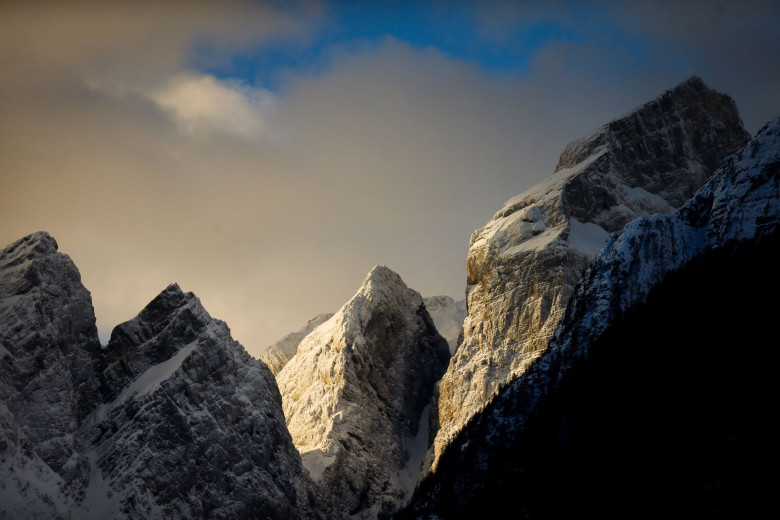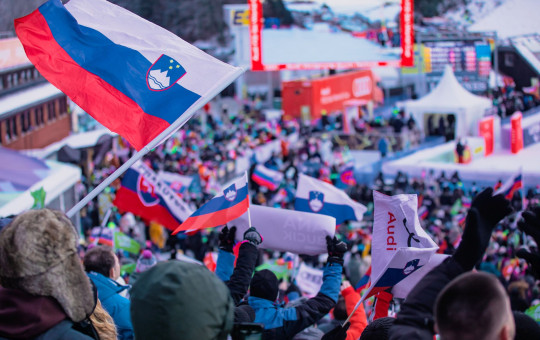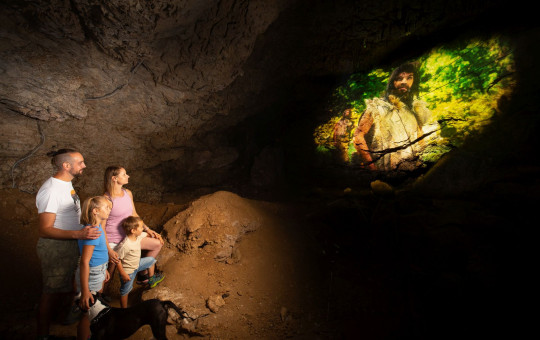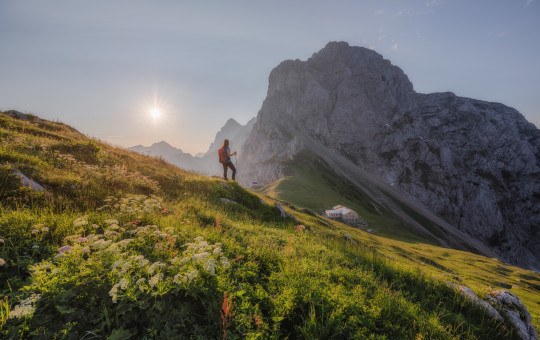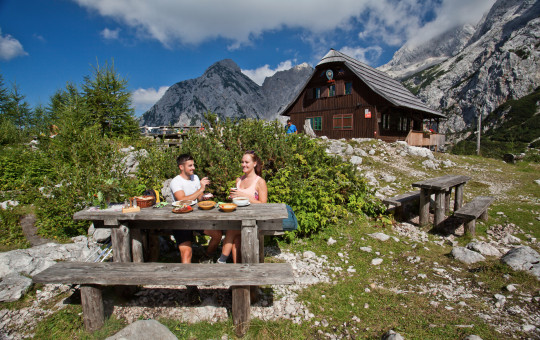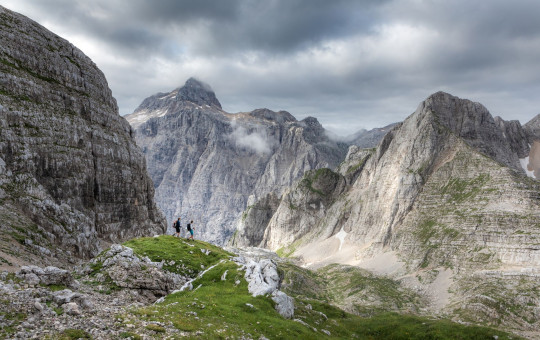Date: 30. March 2020
Time to read: 3 min
Statistics show Slovenians to be among the top mountaineering powers in the Himalayas Eighteen Slovenians have already reached the peak of Mount Everest, the highest mountain on Earth, following three different routes. Slovenians can boast many achievements on Everest: tracing a new route on the mountain, a women’s ascent, an ascent without supplemental oxygen, and the first integral ski descent down the mountain’s south face.
41st anniversary since the first Slovenian ascent to Mount Everest
This year marks the 41st anniversary since the first Slovenian ascent to Mount Everest. In 1979, Andrej Štremfelj and Nejc Zaplotnik, members of a Yugoslav climbing expedition with 25 people, were the first Slovenians to reach the top of the highest mountain in the world, made their way into history books. On May 1979 at 13:51 Nepalese time, Zaplotnik announced the happy news: “Tone, we have reached the top! We are sitting by the Chinese Pyramid and we do not what to do now.” Even after all these years, Štremfelj vividly remembers those historic moments.
After 45 days of struggling with the demanding north ridge, extreme cold, strong winds and lack of oxygen, the victory was a very emotional one. They patted each other on the back and shared some tears but only briefly as they had to rapidly begin thinking about their descent.
Two days later, on 15 May at 14:40, base camp was once again brimming with excitement, as four more members of the expedition stood on the top. Stane Belak – Šrauf answered the call: “Tone, hello from the highest peak in the world!” With him on the top of Everest were Stipe Božič, the first Croat on Everest, and Ang Phu from Nepal, the first man to have ascended Everest along two different routes.
-
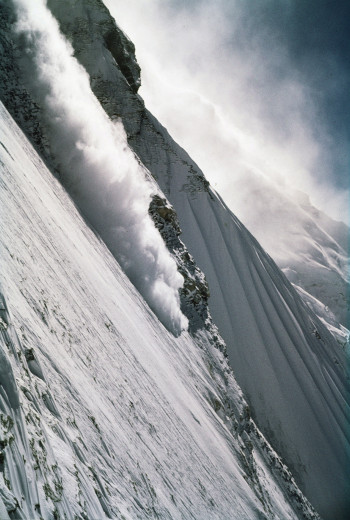 Mount Everest. Photo: Viki Grošelj Personal archives
Mount Everest. Photo: Viki Grošelj Personal archives
-
 Route to the summit of the 8,848 m-high mountain is the most difficult of the 11 routes leading to the top and one that has since not yet been repeated. Photo: Viki Grošelj Personal archives
Route to the summit of the 8,848 m-high mountain is the most difficult of the 11 routes leading to the top and one that has since not yet been repeated. Photo: Viki Grošelj Personal archives
-
Viki Grošelj is the Slovene with the most climbed eight thousandths and the first Slovene to climb all the highest peaks of the continents. Photo: Viki Grošelj Personal archives
-
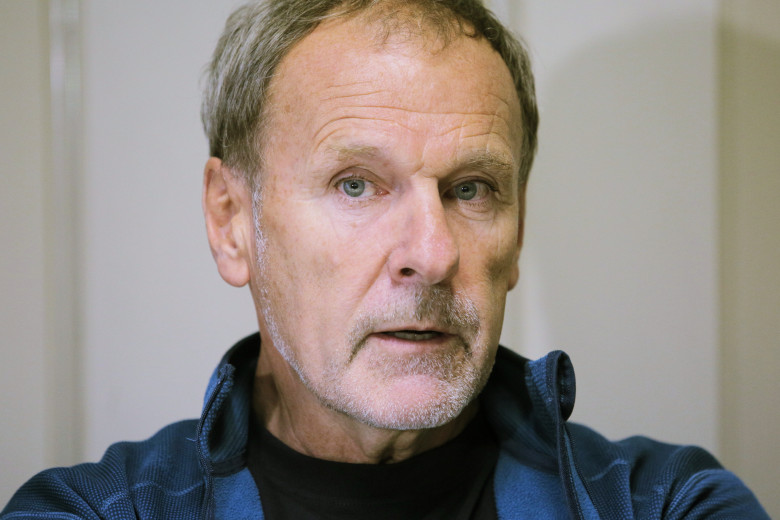 Viki Grošelj. Photo: Daniel Novakovič/STA
Viki Grošelj. Photo: Daniel Novakovič/STA
41 years after Mount Everest: The expedition that changed us al
Himalayan experts agree that the Slovenian, then the Yugoslav, route to the summit of the 8,848 m-high mountain is the most difficult of the 11 routes leading to the top and one that has since not yet been repeated.
At minus 40 degrees it took them about one week to fix their ropes and set up camps. At first it seemed as though they would be able to proceed quickly, but the expedition was set back by a week due to violent winds.
In Štremfelj’s memory the descent remains an ordeal, as he only remembers the pain in every and each bone. He says that he reached the top thanks to Zaplotnik, who never stopped encouraging him.
He managed to reach the top a second time in 1990, this time together with his wife Marija and Janez Meglič. Marija was the first Slovenian women, and only the 13th women to have reached the top of Everest at the time. To put this in perspective, Štremfelj and Zaplotnik were the 78th and 79th persons to summit Mount Everest and when they went with Marija, they were around the 450th; nowadays, on clear days, this is the number of persons trying to reach the top on any given day.
The Piolet d'Or for lifetime achievements in climbing
Slovenian alpinists have been awarded the Piolet d’Or several times. Andrej Štremfelj was awarded it for his lifetime achievements in climbing. The Piolet d'Or or Golden Ice Axe as it is known in English is an annual mountaineering award that has been given by the French magazine Montagnes and the Groupe de Haute Montagne since 1992. Golden Ice Axes are awarded for achievements in the previous year. Slovenian alpinists have received seven Piolets d’Or for their ground-breaking ascents. Andrej Štremfelj is the first Slovenian to receive the Piolet d'Or for his lifetime achievements in climbing.
“You feel extremely honoured to be considered on the same level as Bonatti, Messner, Kurtyka, Bonington, Diemberger and others. This is a recognition of everything I have done, because I love to climb, and I am extremely happy,” he is quoted by the website of the Alpine Association of Slovenia.
Besides Mount Everest, he ascended seven other peaks over 8,000 meters: Gasherbrum I, Broad Peak, Gasherbrum I, Shishapangma, Kangchenjunga South Peak, Cho Oyu and Dhaulagiri. Štremfelj also participated in over twenty expeditions to the Nepalese Himalayas and worked as an instructor in the Slovenian school for Nepalese mountain guides in Manang. He has also climbed in Patagonia, Pamir, and the USA.
The Piolet d'Or 1997 was bestowed upon climbers Tomaž Humar and Vanja Furlan for forging a new route on the northwest face of Ama Dablam (6,812 m) in Nepal. The Piolet d'Or 2007 was awarded for the second time to Marko Prezelj and to Boris Lorenčič for climbing a new route on Chomo Lhari (7,326 m); the Piolet d'Or 2007 Spectator's Choice went to Pavle Kozjek for his new solo route up Cho Oyu (8,201 m) and for publishing pictures of the killing of Tibetan refugees attempting to flee Tibet via the Nangpa La pass.
The joint winners of the Piolet d'Or 2012 were Luka Stražar and Nejc Marčič for their first ascent of the Dreamers of Golden Caves on K7 West (6,858 m) in Pakistan; the Piolet d'Or 2015 went to Aleš Česen, Luka Lindič and Marko Prezelj for their first ascent of the North Face of Hagshu in the Indian Himalayas; the joint winners of the Piolet d'Or 2016 were Urban Novak and Marko Prezelj, together with American Hayden Kennedy and Frenchman Manu Pellissier, for their first ascent of the east face of Cerro Kishtwar (6,173 m) in India.
-
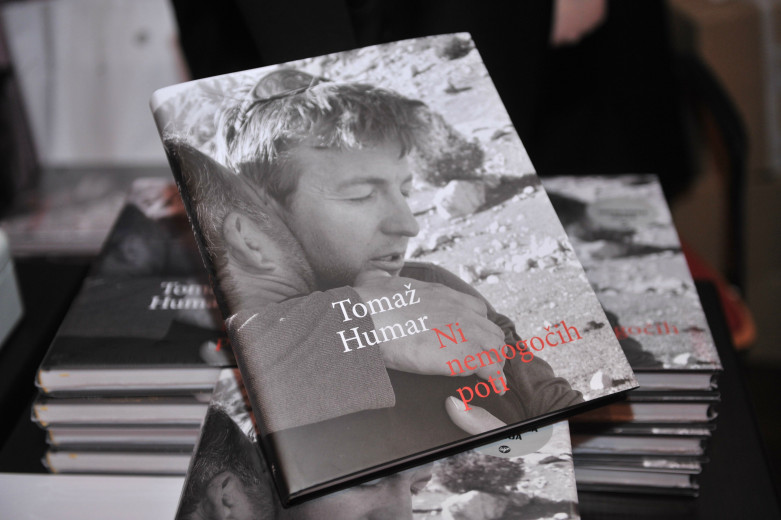 The Piolet d'Or 1997 was bestowed upon climbers Tomaž Humar and Vanja Furlan for forging a new route on the northwest face of Ama Dablam (6,812 m) in Nepal. Photo: Matej Leskovšek/STA
The Piolet d'Or 1997 was bestowed upon climbers Tomaž Humar and Vanja Furlan for forging a new route on the northwest face of Ama Dablam (6,812 m) in Nepal. Photo: Matej Leskovšek/STA
-
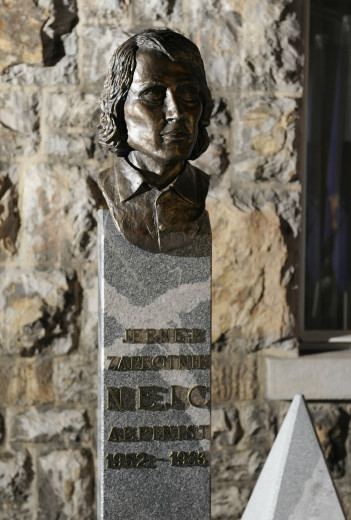 Andrej Štremfelj and Nejc Zaplotnik, members of a Yugoslav climbing expedition with 25 people, were the first Slovenians to reach the top of the highest mountain in the world. Photo: Nebojša Tejić/STA
Andrej Štremfelj and Nejc Zaplotnik, members of a Yugoslav climbing expedition with 25 people, were the first Slovenians to reach the top of the highest mountain in the world. Photo: Nebojša Tejić/STA
Davo Karničar – a citizen of the world
Davo Karničar, climber and extreme skier, is another Slovenian achiever who became, in the right sense of the word, a citizen of the world after his integral ski descent of Everest down the mountain’s south face in 2000. During his landmark descent Karničar never took his skis off from the 8,848 m summit to the base camp at 5,350 m. The same day, four of his fellow climbers succeeded in reaching the summit. His next eight-thousander was to be Cho Oyu, but his health failed him and he had to leave before the end of the expedition.
Following Everest and until 2006, Karničar carried out a series of hair-raising descents from the highest peaks of all seven continents and from numerous other mountains in Europe and elsewhere in the world. He found his speciality in a combination of mountaineering and extreme skiing.
Within the mountaineering community, Karničar is particularly appreciated for his descent down the Fritsch-Lindenbach route on the Grintovec north face (Dolška škrbina) which has a grade of 7 and is considered the most difficult route to have been skied in Slovenia. He descended on skies from Triglav, Jalovec, Dolgi hrbet, Špik, Grintovec, Kočna and many other mountains. He particularly enjoyed descending rock faces, snow gullies and waterfalls. Most famous is his skiing over the waterfall of Sinji slap below Češka koča mountain lodge, as well as his descents of the north-east face of the Eiger and the east face of the Matterhorn.
-
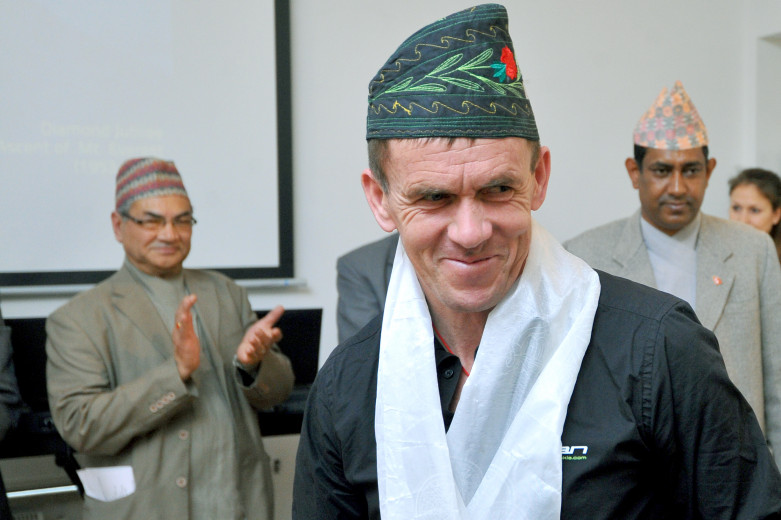 During his landmark descent Karničar never took his skis off from the 8,848 m summit to the base camp at 5,350 m. Photo: Tamino Petelinšek/STA
During his landmark descent Karničar never took his skis off from the 8,848 m summit to the base camp at 5,350 m. Photo: Tamino Petelinšek/STA
-
 Despite the many successes he accomplished in the world's highest mountains, he considered himself lucky to live directly in the foothills of Slovenian mountains, and like mountaineers, he used to maintain a rather low profile. Photo: Tamino Petelinšek/STA
Despite the many successes he accomplished in the world's highest mountains, he considered himself lucky to live directly in the foothills of Slovenian mountains, and like mountaineers, he used to maintain a rather low profile. Photo: Tamino Petelinšek/STA


